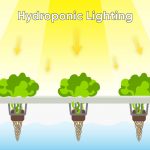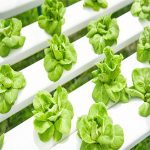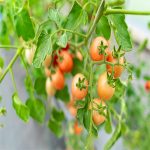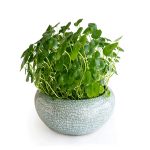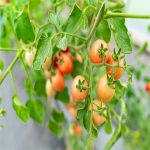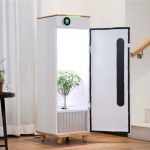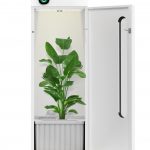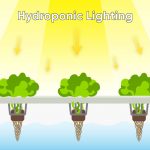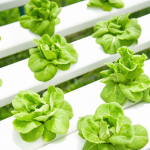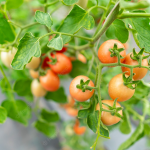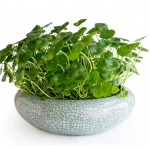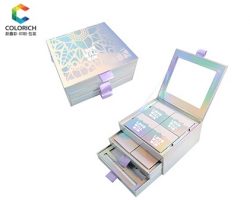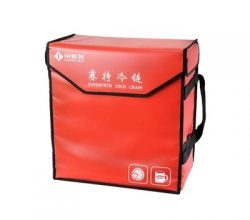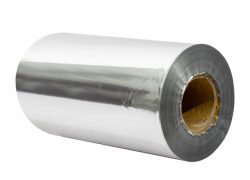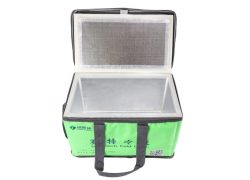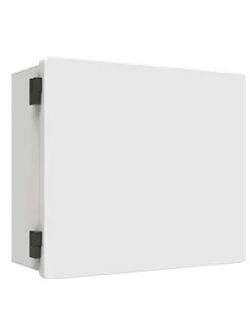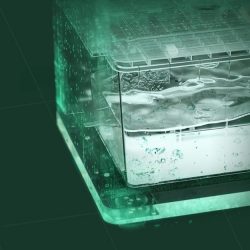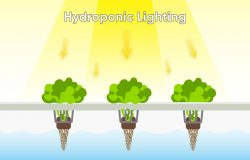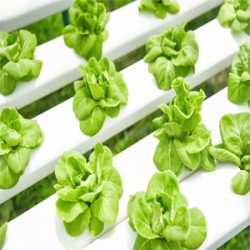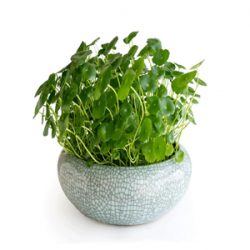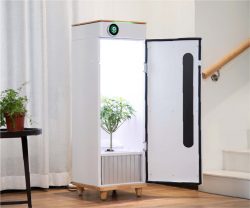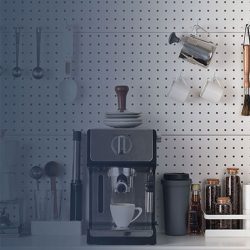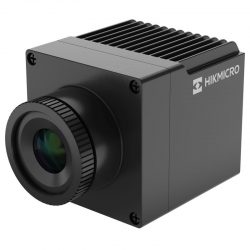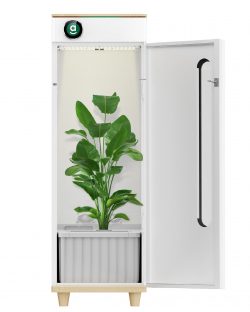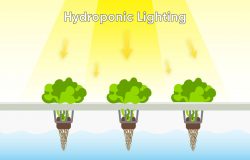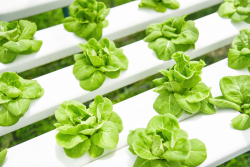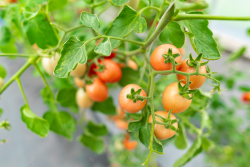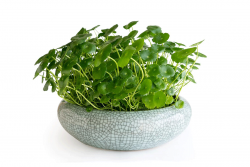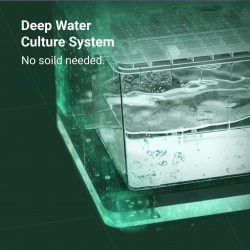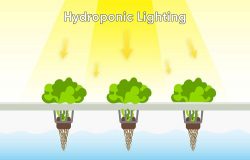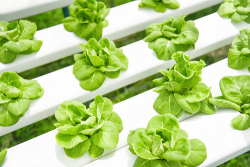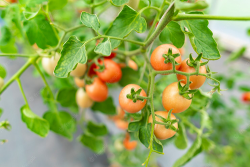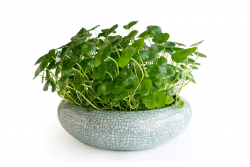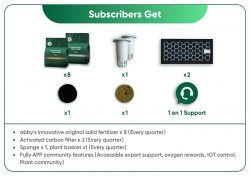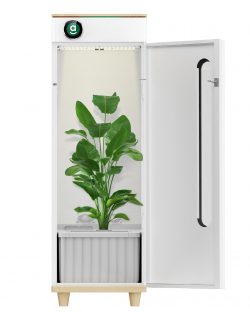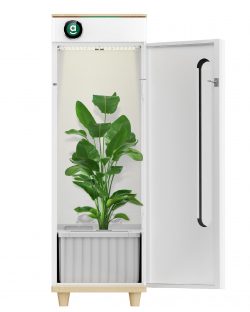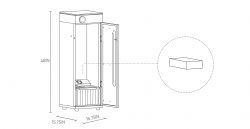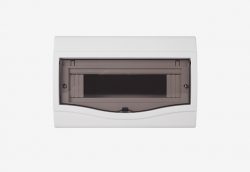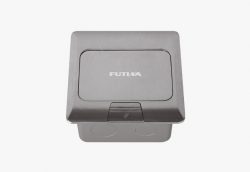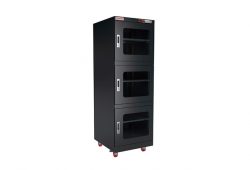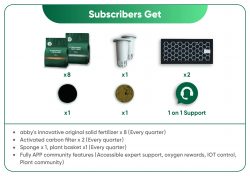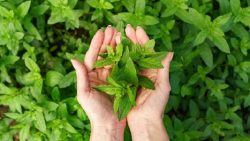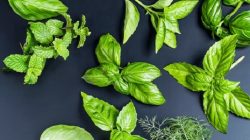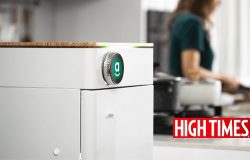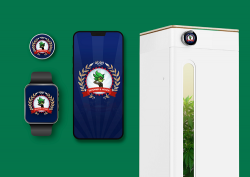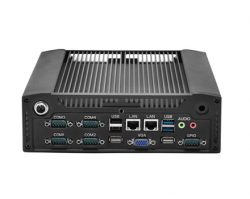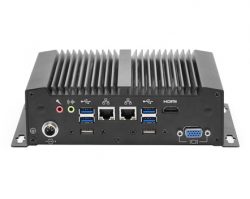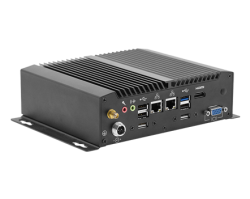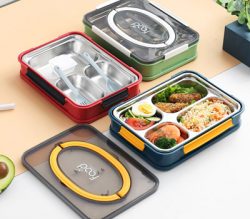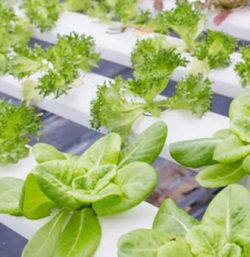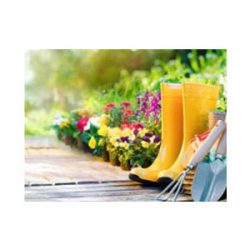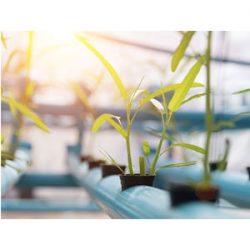How to Build a Hydroponic Garden?
Some say hydroponic gardening is the future of gardening and farming. Save space and increase crop yields by learning how to build a hydroponic garden yourself.
I. ATTEMPT OF INDOOR HYDROPONIC GARDEN
Ditch the dirt and try hydroponic gardening—growing plants without soil. There are two methods of hydroponic gardening: dipping the roots directly into nutrient-rich water, or growing the plants in containers with a soilless mix of perlite, sand, and/or coconut fibre. The container is then submerged or suspended in a water-filled reservoir.
While almost any type of plant can be grown hydroponically, the technique is most often used to grow vegetables or herbs. The benefits of hydroponics include larger harvests, faster growth, and less trouble with pests, diseases, or outdoor growing conditions.
If you want to try this soilless method of gardening, you can buy one of the many home-use hydroponics kits or create one yourself.
II. BASIC KNOWLEDGE OF INDOOR HYDROPONIC GARDEN
1. Types of hydroponic systems
There are three basic types of hydroponic growing systems. The simplest type of hydroponic garden is the wick system. In this very basic system, a wick connects the planting container to the reservoir, providing a steady source of nutrient-rich water for the roots of the plants. It’s an easy-to-install system, but it’s only suitable for small plants like microgreens or herbs.
Flood and drain hydroponic systems require submersible pumps, but are still fairly simple to create. Plant containers are placed in a shallow dish or growth tube suspended over a reservoir filled with hydroponic nutrients. Periodically, the trays are flooded with water from the reservoir, allowing the plants to absorb nutrients through the drainage holes in the container. After some time, the water drains back to the reservoir. This prevents root rot caused by excess moisture. Typically, these systems flood and drain two to four times a day.
In a hydroponic system, the roots of the plants are constantly in the nutrient-rich water of the hydroponic tank. Planted containers float on “rafts” in reservoirs, or hang directly overhead, so the roots extend down into the water. A small bubbler, such as those used in fish tanks, aerates the water and keeps it from stagnant. This is one of the easiest DIY hydroponic growing systems for lettuce, herbs and other light crops.
2. Take care of your indoor hydroponic garden
Once you’ve set up your hydroponic kit or built your growing system, installed lights, and grown your crops, it’s time for basic maintenance.
(1) Follow the directions for your specific brand to add hydroponic nutrients to the reservoir. Many are available in liquid and powder form.
(2) Fill the tank with filtered water instead of tap water. Tap water often contains fluoride and other elements that can harm plants.
(3) The ideal water temperature is 65 to 75 degrees Fahrenheit with a pH between 5.7 and 6.3.
(4) Use an aerator or pump to move the water in the reservoir to prevent stagnant water and bacterial growth.
(5) Empty, clean and refill your hydroponic nutrient bank every two weeks.
After harvesting the crops, clean the entire hydroponic system.



